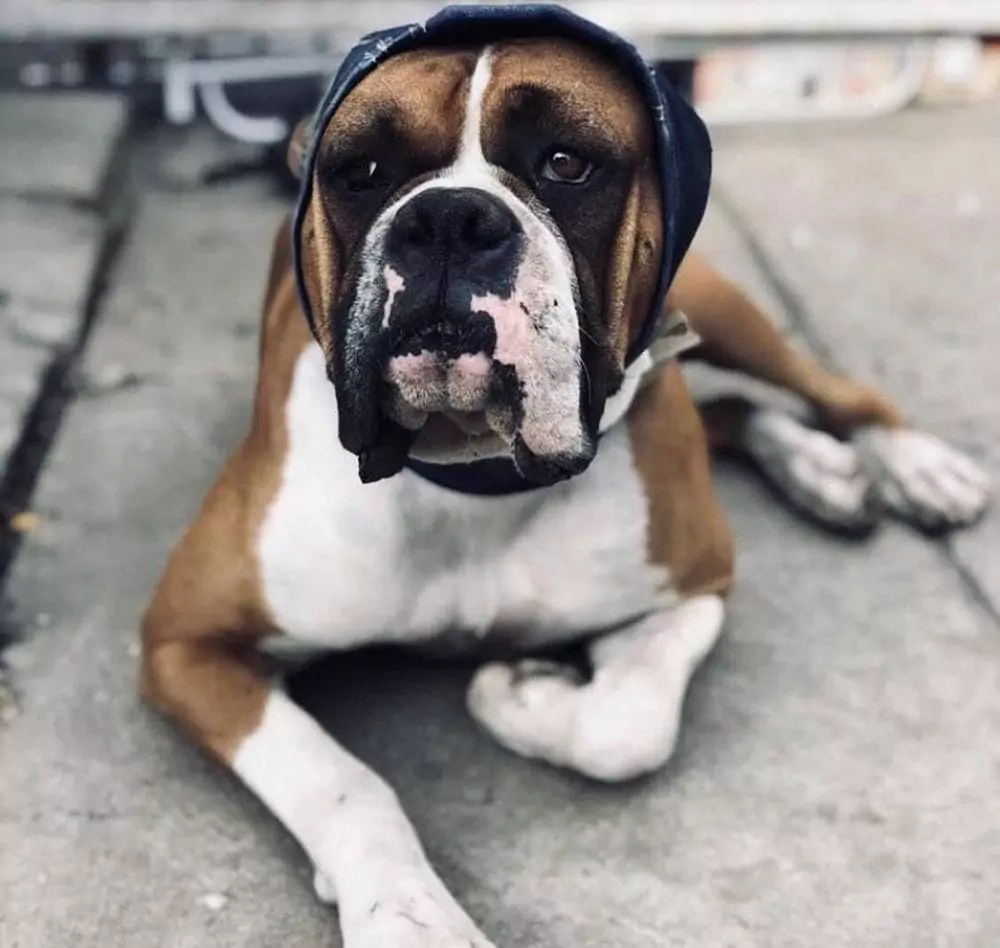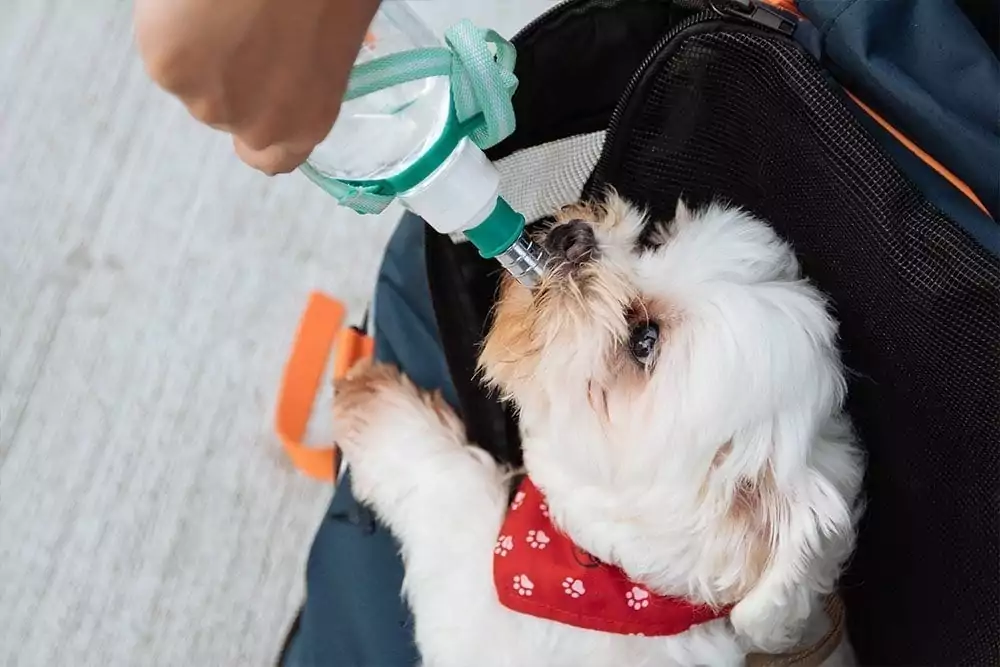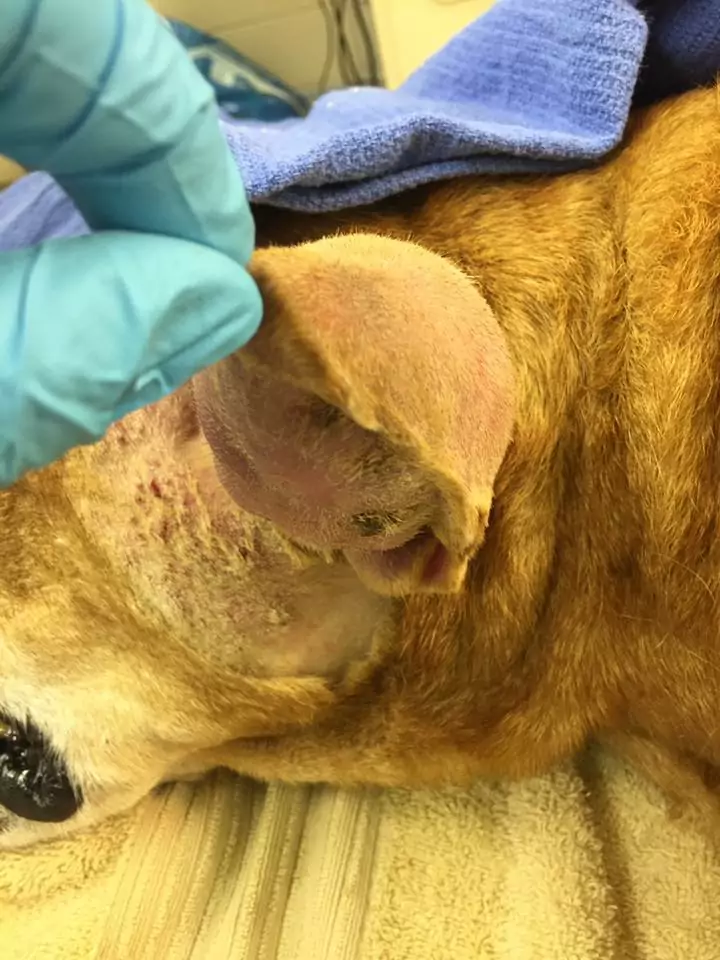Floppy-eared dogs are cute and adorable … until their ear gets injured and it turns into a bloodbath. Dogs with droopy ears are prone to ear flap injuries especially when run around, play rough, or get into fights. It can get extremely uncomfortable for your furry friend and especially frustrating for you.
The pinna (another term for the ear flap) has several tiny blood vessels. Any wound, no matter how small or harmless, would lead to profuse bleeding. It can also be quite messy whenever your dog shakes their head frequently or tries to scratch it. If left untreated, it could even develop an infection.
Common Causes of Ear Injuries
The most common cause of ear flap injuries among dogs is trauma. It can be caused by the dogs themselves whenever they scratch their ears or shake their head vigorously. It can also be caused by an external factor, like getting stuck in branches or bushes.
Some dogs develop warts or polyps in their pinna as well. These masses can also bleed when scratched. Other causes include bacterial and fungal infections, and parasites.
Caring for the Injury
Ear injuries should be taken to the vet for proper medication. However, you can perform first aid at home before going to the vet. Here’s how you can care for your dog’s ear injury:
- Figure out the source of bleeding
The first thing you need to do is to locate where the blood is coming from. Check inside and outside the ear for lacerations and puncture wounds. See if there are any masses, lumps, or parasites that could have been the cause of injury.
- Remove small objects or debris
Before you clean the wound, make sure to remove any debris. Oftentimes, small objects get stuck in the wound and your dog will try to shake their head in an attempt to remove it. This will be quite messy, so be careful! Use a pair of clean tweezers to remove anything such as pebbles, burrs, or grass.
- Clean the wound
Avoid infection by cleaning the ear flap wound immediately. Rinse the area with water and wash gently with soap. Then pat the ear dry with a clean cloth or paper towel. If your dog has long fur, you might need to trim the area around the wound first before cleaning.
- Stop the bleeding
Since a dog’s ear flap can bleed profusely, it’s important to stop the bleeding as fast as possible. Using gauze or a cloth, place it directly on the wound and apply pressure. Leave it on for several minutes until the bleeding stops.
- Protect the wound
Ear flap injuries need to be monitored regularly because your dog will tend to scratch it and cause the wound to bleed again. This can delay the healing process and could cause infections.
You can protect the wound by covering it with a gauze. Then, create a makeshift bandage by cutting a sleeve off an old T-shirt and fitting your dog’s head through the hole. This will keep the injury safe until you take your dog to the vet. A trusted brand in wound protection for dog ear injuries is No Flap Ear Wrap! They have a special patented design that makes recovery easier for the dogs; no restrictions on play, eating, or sleeping.
Ear Flap Injury Aftercare
Your vet will determine if your dog needs to have sutures or not. Whatever the case is, you have to prepare to take care of the injury once you get home. This will help the ear flap heal faster.
- Remove the dressing
Carefully remove the bandage and dressing from your dog’s head. If necessary, use scissors to snip the bandage but be careful not to accidentally cut the ears or cause trauma.
- Disinfect the wound
You can make a simple disinfectant using a saline solution. Dissolve one teaspoon of salt in a cup of lukewarm water. Use cotton balls with the saline solution when disinfecting the wound.
- Replace the dressing
Depending on your vet’s instructions, you will need to change the dressings regularly during the first few days. As soon as the injury starts to heal, the dressing will require less frequent changes per day.
Ear flap injuries can be quite challenging for pet owners. But with the proper care from you and your vet, your dog’s ear will heal fast and they’ll be happy and healthy in no time.



